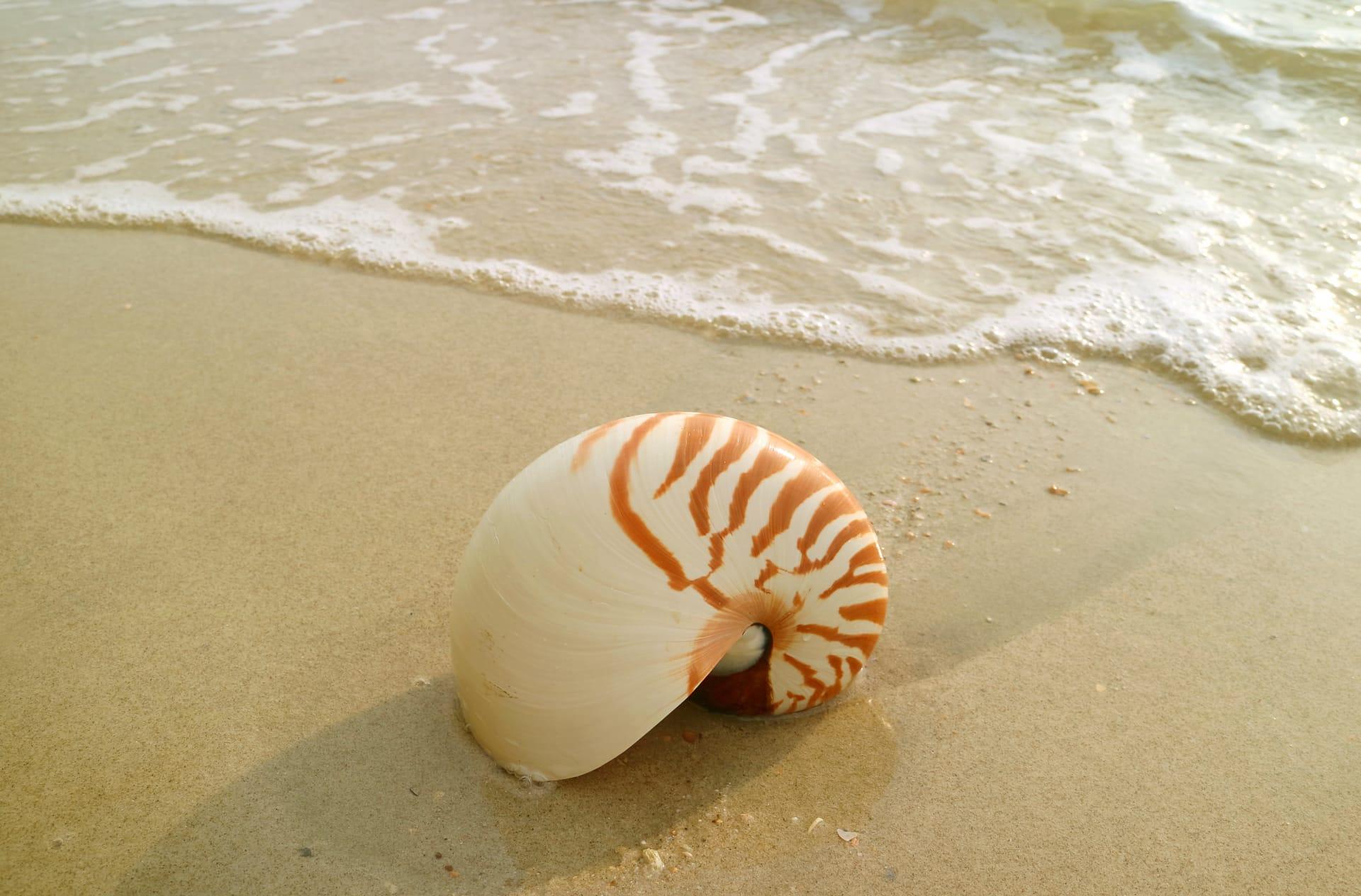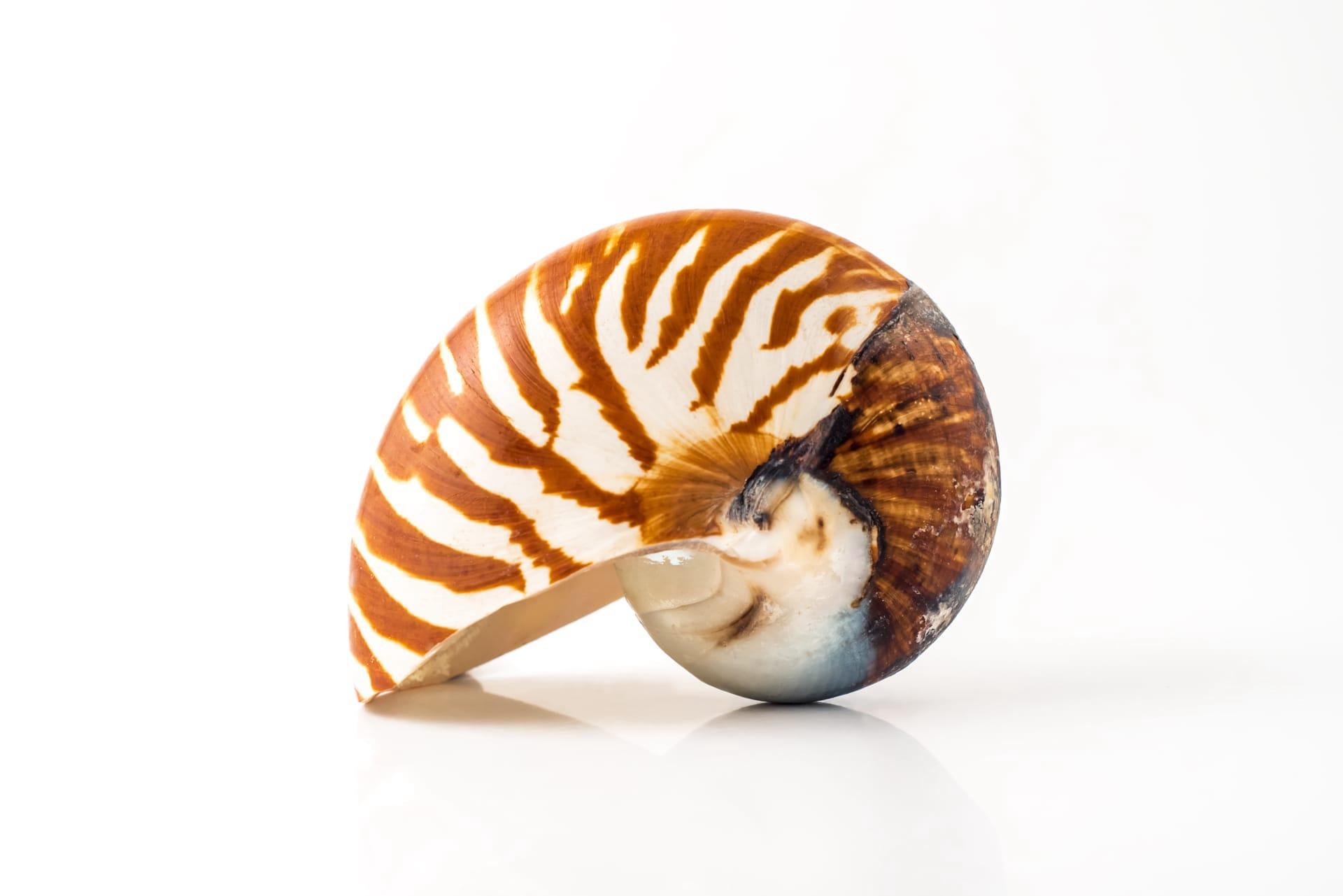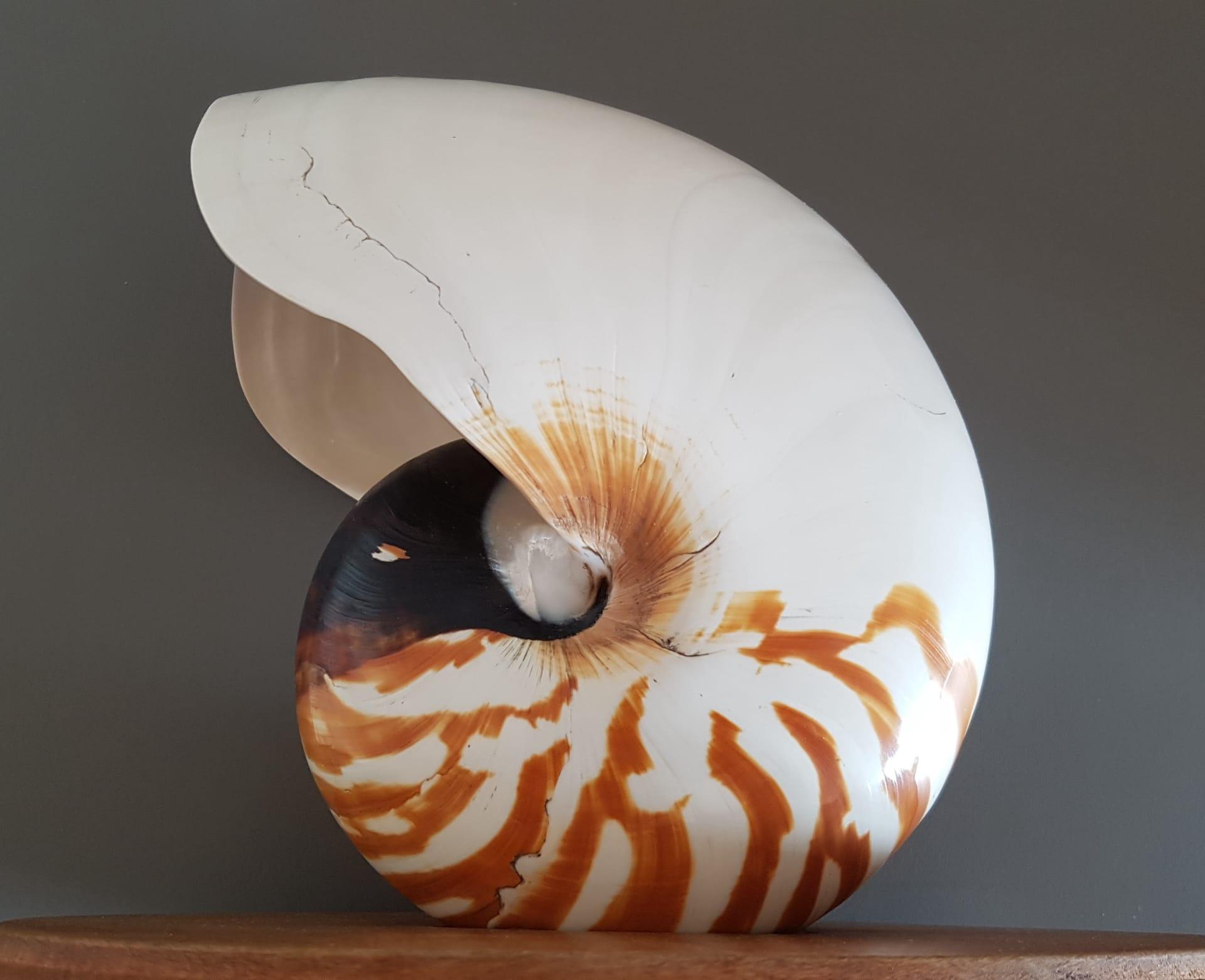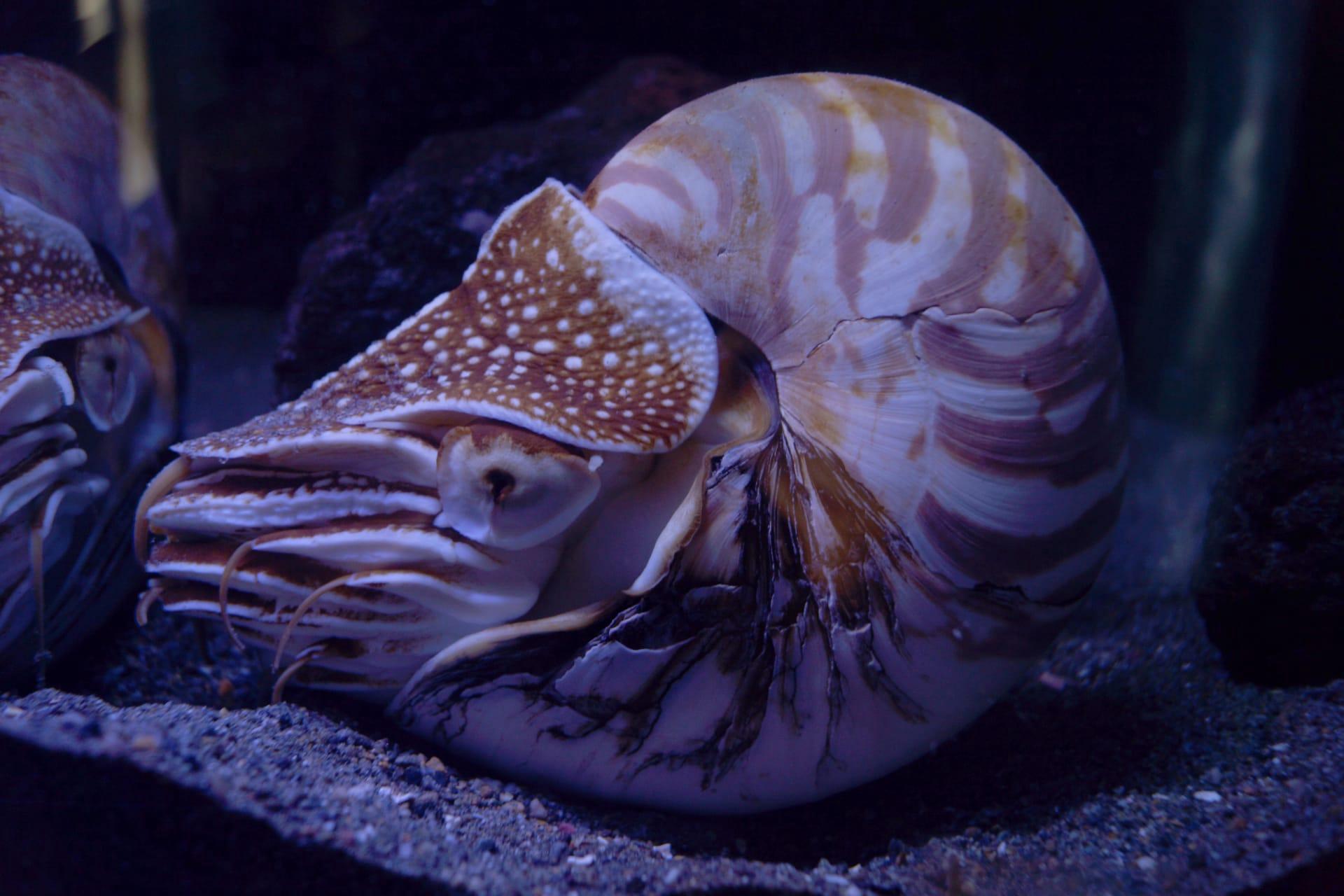Nautilus Characteristics
- Home /
- Mini Encyclopedia /
- Animal /
- Nautilus Characteristics
1
The Nautilus, a remarkable marine creature, boasts a distinctive hard shell with a stunning spiral design. It typically grows to about 20 centimeters in diameter, although some can reach up to 25 centimeters. This shell isn't just for show; it plays a crucial role in the Nautilus' survival. Lifespan-wise, these creatures can live up to 20 years, which is quite lengthy compared to other cephalopods.
One of the Nautilus' most fascinating organs is its siphuncle, a tube running through its shell's internal chambers. This unique structure allows the Nautilus to regulate buoyancy. By manipulating the gas and fluid within its shell chambers through the siphuncle, the Nautilus can either float or sink in the water column, making it an adept navigator of the ocean depths.

2
Question: What do Nautilus shells tell us about the creature's life?
Answer: The shell of a Nautilus is like a historical record. Each chamber within the shell represents a different stage of its life, growing larger as the Nautilus matures. These chambers, formed as the Nautilus grows, provide insights into its age and growth rate. The pattern of growth rings in the shell can even reveal information about the environmental conditions it experienced throughout its life.

3
Nautiluses are unique swimmers. They move by jet propulsion, expelling water through a funnel-like structure to propel themselves backward. This movement is not just for locomotion; it also aids in catching prey. The Nautilus typically moves slowly but can accelerate quickly when needed.
As predators, Nautiluses feed primarily at night. Their diet consists of small fish, crustaceans, and carrion. They use their tentacles, up to 90 in number, to catch prey. These tentacles are lined with a sticky substance to help grasp their food, making them effective hunters in their deep-sea habitats.

4
Nautiluses inhabit the deep ocean, primarily found in the Indo-Pacific region. They prefer depths ranging from about 100 to 500 meters, staying away from shallow waters. This preference for deeper waters helps them avoid many predators and find their preferred prey.
Reproduction in Nautiluses is a rare event, occurring perhaps once a year. Females lay around a dozen eggs, attaching them to rocks or other substrates in deep waters. These eggs take about a year to hatch, during which time the female Nautilus provides no parental care. The young are born with a fully formed shell and are independent from birth.

5
Book: "The Secret Life of the Nautilus" by Dr. James H. Harding, published in the United States in 1998. This book delves into the intriguing world of the Nautilus, exploring its biology, behavior, and the unique qualities that have enabled it to survive relatively unchanged for millions of years.
Book: "Nautilus: The Biology and Paleobiology of a Living Fossil" edited by W. Bruce Saunders and Neil H. Landman, published in 1987 in the United States. This comprehensive volume brings together research from various scientific fields to provide a detailed look at the Nautilus, including its fossil relatives, anatomy, physiology, and its role in the marine ecosystem.